When you plan a summer vacation, you probably think about sun, relaxation, and maybe some adventure. But what if part of that adventure includes a surprise visit from local wildlife? While some encounters can be magical, others might be a bit more than you bargained for. Here’s a list of U.S. vacation spots where you might just meet some unexpected animal visitors. Keep your eyes peeled and your distance respectful—nature is full of surprises.
1. Yellowstone National Park, Wyoming
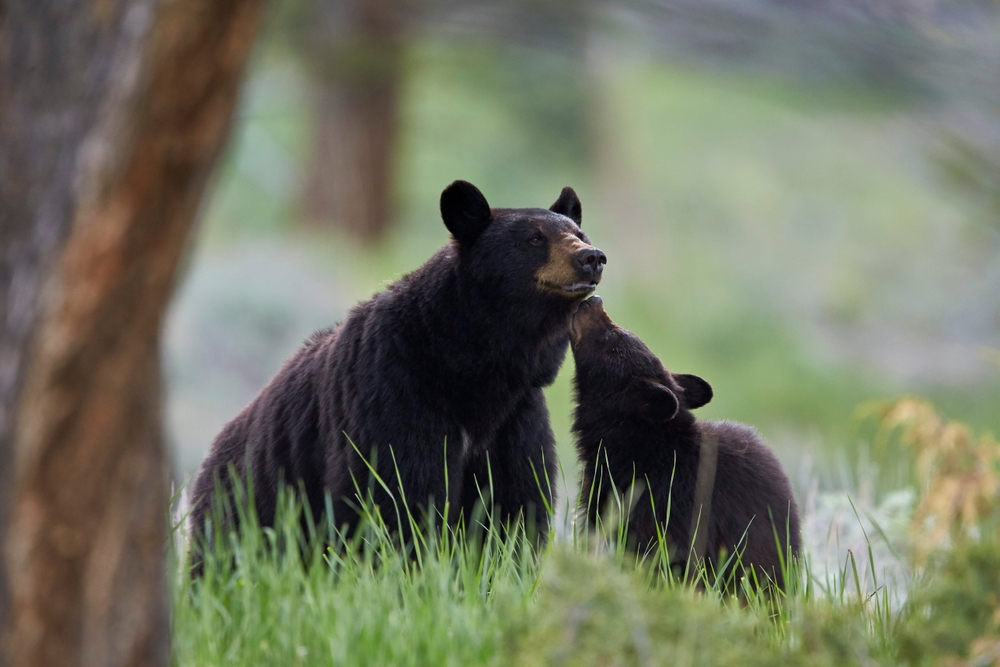
Yellowstone is a dream for wildlife enthusiasts, but it’s also a place where you might find bison blocking traffic or bears roaming a little too close. These creatures roam freely, and it’s crucial to remember that you’re in their territory. According to the National Park Service, bison are responsible for more injuries in Yellowstone than any other animal. So, while their majestic presence is captivating, it’s best to admire from a safe distance. Keep your camera ready, but don’t let the lens lead you too close.
The park is also home to grizzly bears, which are both fascinating and formidable. Campers are advised to store food properly and maintain a clean campsite to avoid attracting these powerful animals. You might think you’re just having a leisurely picnic, but a bear might see it as an invitation to lunch. The park provides bear-proof containers for a reason, so make sure to use them. Respecting wildlife guidelines is not only smart but essential for everyone’s safety.
2. Everglades National Park, Florida
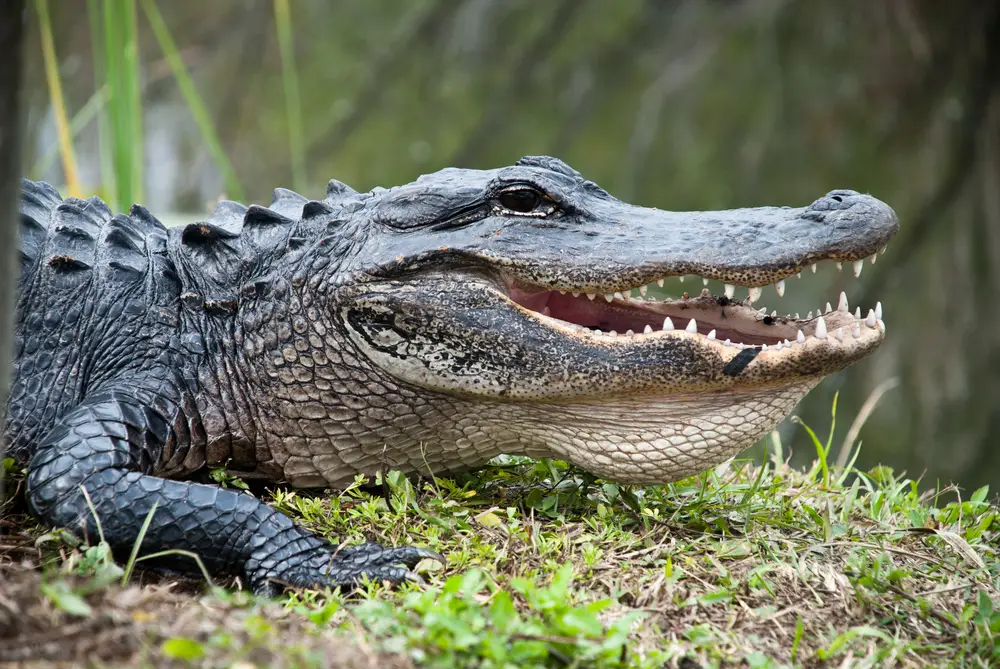
In the Everglades, you’re deep in alligator territory. While they’re a quintessential part of the Florida landscape, stumbling upon one might not be on your vacation bucket list. Canoeing or kayaking through the mangroves is thrilling, but those waters are home to creatures that deserve respect and distance. Alligators usually avoid humans, but it’s wise to keep hands and feet inside your vessel at all times. Remember, a splash of water might feel refreshing to you but could attract unwanted attention.
The park is also a haven for snakes, including some rather large and intimidating pythons. The Burmese python, an invasive species, has made quite a name for itself in the Everglades. Wildlife management is actively working to control their population, but a slithery encounter isn’t entirely out of the question. Always be vigilant on hiking trails, and steer clear of tall grass or thick underbrush where these reptiles might be lurking. Your best defense is a good offense—stick to well-trodden paths and be on the lookout.
3. Glacier National Park, Montana
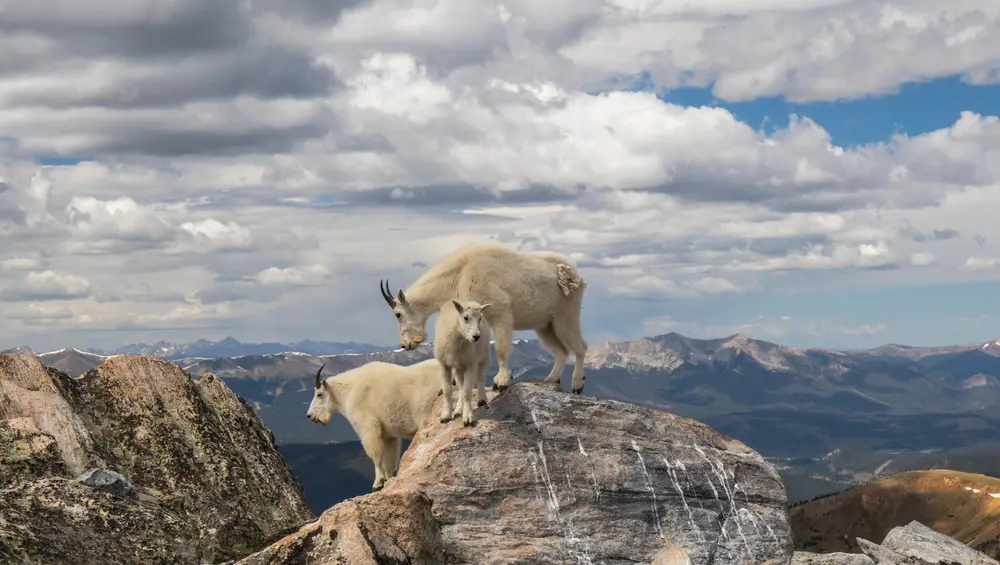
Glacier National Park offers breathtaking views and a chance to spot some of North America’s most iconic wildlife. However, it’s essential to be cautious, as encounters with mountain goats can become a reality. According to wildlife biologist Tim Manley, while mountain goats are usually passive, they have been known to become aggressive if they feel cornered or threatened. It’s advisable to maintain a generous distance and never feed them, as this can encourage unwanted behavior. These animals may look cuddly, but they’re not the kind you want to snuggle with.
Beyond the goats, the park is home to both grizzly and black bears. Hikers and campers should carry bear spray and know how to use it effectively. While seeing a bear in its natural habitat is extraordinary, it’s crucial to prioritize safety by making noise and traveling in groups. Campsites need to be kept clean and free of food scraps to avoid inviting any bear visitors. Remember, a little preparation can help ensure your park experience is memorable for all the right reasons.
4. Great Smoky Mountains National Park, Tennessee and North Carolina
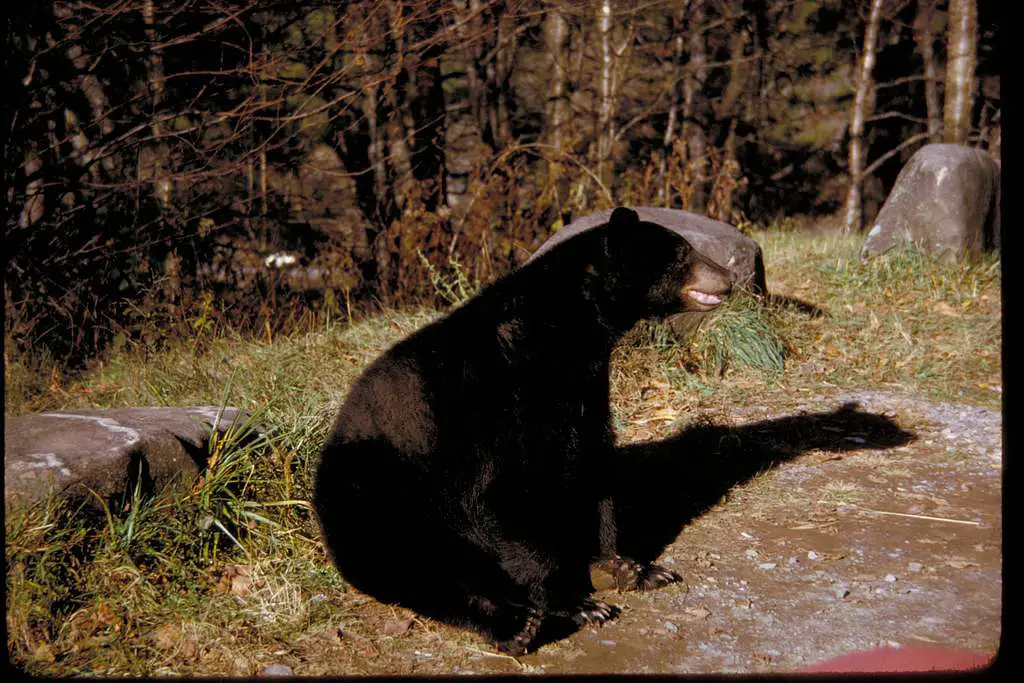
The Great Smoky Mountains are known for their lush landscapes and abundant wildlife, which means a chance encounter with an animal isn’t out of the question. Black bears are synonymous with the area, and while they are a thrilling sight, they demand respect. Regularly spotted on trails and in campgrounds, it’s important for visitors to keep their distance and never feed the bears. Feeding them can lead to dangerous interactions and the relocation or euthanization of the animal. Remember, a fed bear is often a dead bear.
In addition to bears, wild boars can be seen roaming the national park. These animals can be aggressive and are typically best observed from afar. While they might look like oversized pigs, their tusks, and charging behavior can pose a danger. If you encounter a wild boar, it’s advisable to slowly back away and avoid making direct eye contact. Capturing a photo might be tempting, but ensuring your safety is far more important.
5. Denali National Park, Alaska

Denali National Park is a vast wilderness teeming with wildlife, offering an unparalleled glimpse into nature at its wildest. Moose are a common sight, and though they are generally calm, they can be surprisingly aggressive, especially during mating season. Wildlife ecologist Laura Prugh notes that moose are responsible for more injuries to people in Alaska than bears. It’s crucial to give these majestic animals ample space and respect their personal boundary. They might appear harmless, but weighing up to 1,600 pounds, they are not to be underestimated.
Aside from moose, the park’s wolf population is a fascinating attraction for many visitors. While wolves are typically shy and avoid human interaction, it’s best to admire these creatures from a distance. Avoid feeding any wildlife, as it disrupts their natural behaviors and can lead to dangerous situations. The key to enjoying Denali is to observe and appreciate the wildlife while minimizing your impact. This approach ensures that both you and the animals can coexist peacefully.
6. Rocky Mountain National Park, Colorado

Rocky Mountain National Park is a hiker’s paradise, but it’s also home to a variety of wildlife that can turn your trek into a wild encounter. Elk are a common sight, especially during the fall rutting season, when males can become particularly aggressive. It’s important to maintain a safe distance, even if they seem relaxed; a spooked elk can move quickly and unpredictably. Avoid getting between a male and its harem, as this could trigger a charge. Appreciate their bugling calls from afar—it’s an experience that doesn’t require close proximity.
Additionally, the park is home to marmots and chipmunks, which may seem harmless but can bite if provoked. Feeding these small animals is discouraged as it can lead to habituation and health issues for the creatures. It might be tempting to offer them a snack, but keeping human food away from wildlife is crucial. A fed chipmunk might seem cute, but it can become a nuisance when it starts associating humans with food. Enjoy the playful antics of these critters from a distance, and resist the urge to feed them.
7. Olympic National Park, Washington

Olympic National Park’s diverse ecosystems provide a home for an array of wildlife, including some that might unexpectedly interrupt your vacation. The presence of mountain lions is a draw for some, though encounters are rare and typically fleeting. According to wildlife expert Patricia Garvey-Darda, if you do encounter a mountain lion, it’s crucial to make yourself appear large and assertive. Pick up small children, avoid running, and back away slowly while maintaining eye contact. These stealthy predators generally avoid humans, but understanding how to react can be lifesaving.
In addition to mountain lions, black bears frequent the park, especially in areas with abundant food sources. Park management provides guidelines on how to store food properly and what to do in case of a bear encounter. It’s essential to carry bear spray and know how to use it, as a precautionary measure. Never approach a bear, and if you spot one, give it the right of way. Sharing the wild spaces of Olympic National Park involves respecting its inhabitants and ensuring that both you and the wildlife stay safe.
8. Acadia National Park, Maine
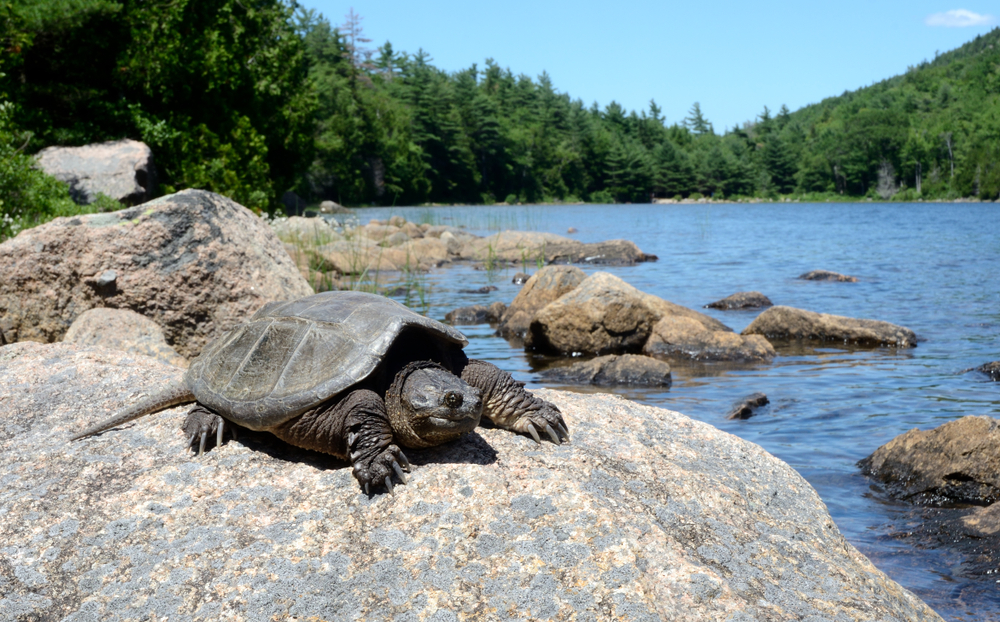
Acadia National Park is a beautiful destination known for its rugged coastlines and forested interior, which are also home to diverse wildlife. While it’s a treat to see a porcupine or a fox, it’s essential to admire these creatures from a distance. Porcupines, in particular, are solitary animals that prefer to keep to themselves but can defend themselves if threatened. Their quills are not just a defensive mechanism; they can cause painful injuries if you or your pet gets too close. Observing them from afar ensures you enjoy their presence without any prickly encounters.
Additionally, Acadia is one of the few places on the East Coast where you might spot a moose. While these giants are often calm, they can become aggressive if they feel trapped or cornered. It’s always advisable to keep your distance and avoid any attempts to feed or approach them. Remember, these are wild animals, and your safety is best maintained by respecting their space. Capturing a moose on camera is thrilling, but make sure it’s done with a zoom lens.
9. Grand Teton National Park, Wyoming
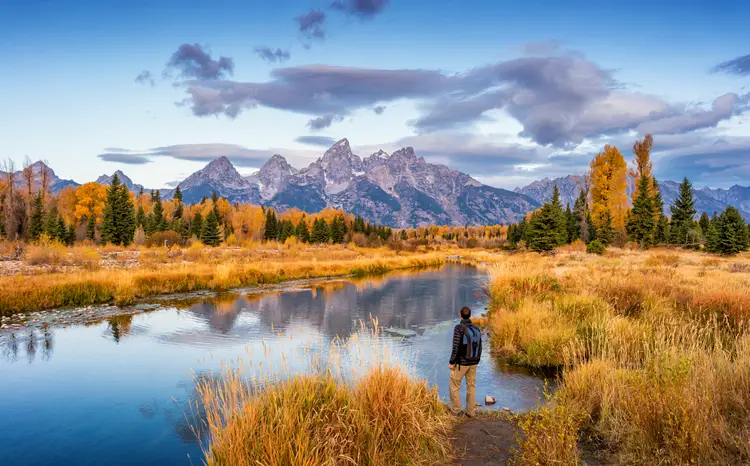
Grand Teton National Park is a sanctuary for wildlife, offering remarkable views and encounters with animals like bison and elk. While it’s a photographer’s dream to capture these majestic creatures, it’s critical to keep a significant distance from them. Bison, in particular, can appear docile but are capable of sudden and swift movements if disturbed. They weigh over a ton and can run up to 35 miles per hour, so they are not to be underestimated. Admiring their grandeur from afar ensures your safety and their comfort.
The park is also home to a healthy population of black and grizzly bears. Visitors should be bear-aware and take precautions such as carrying bear spray and knowing how to use it. It’s also important to keep campsites free of food and dispose of waste properly to avoid attracting bears. Encountering a bear in the wild is breathtaking, but respecting its space is crucial for a safe experience. When in bear country, a cautious approach is always the best one.
10. Shenandoah National Park, Virginia
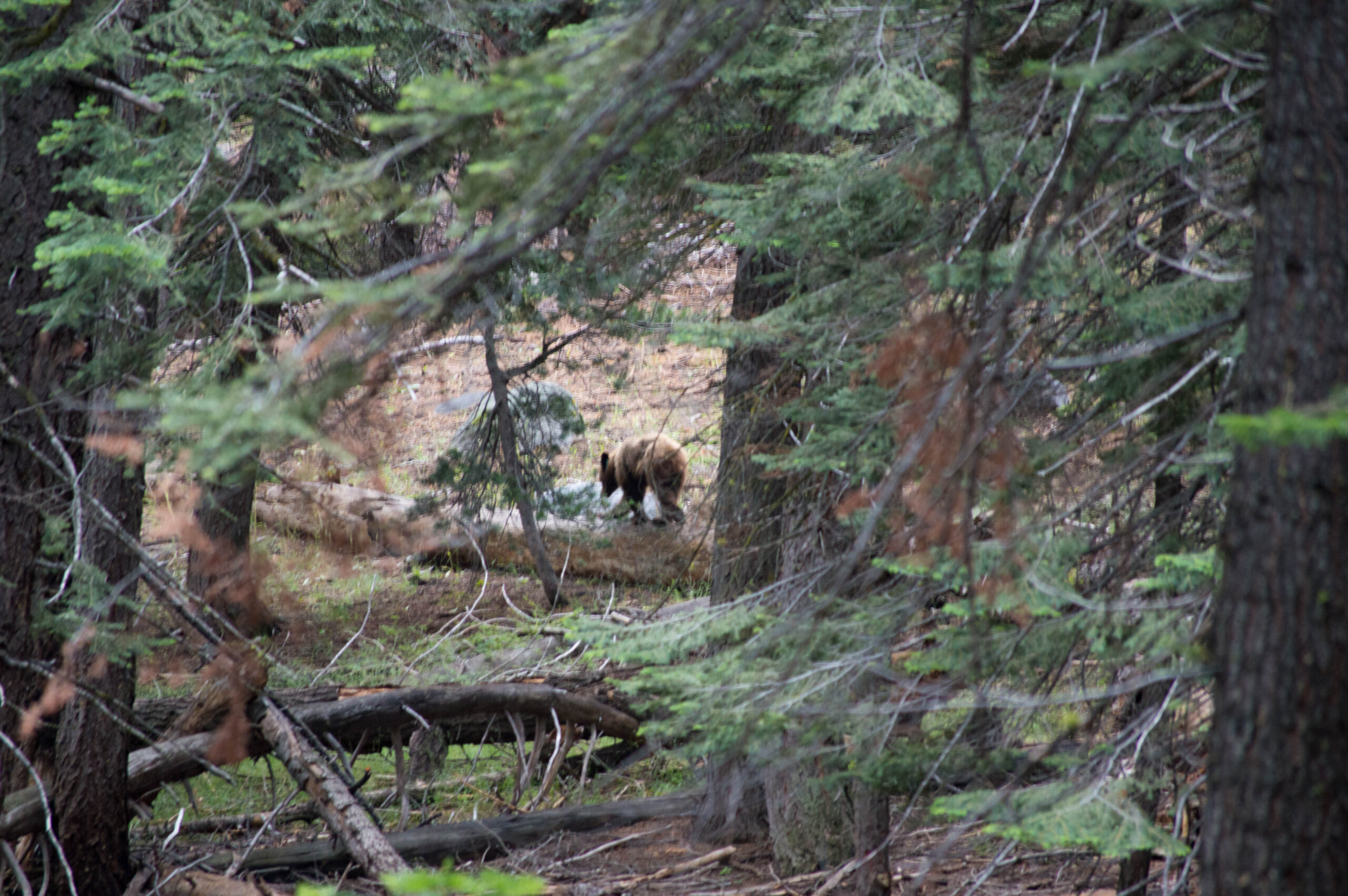
Shenandoah National Park is a beautiful retreat where you might find yourself sharing the trail with bears and deer. Black bears are prevalent here, and while they are typically shy, they can become bold if they associate humans with food. To avoid close encounters, keep food and scented items securely stored and always use designated trash containers. Hiking in groups and making noise can also help prevent surprise run-ins with bears. Seeing one in its natural habitat is spectacular, but only if you’re prepared and respectful of its space.
Deer in Shenandoah are often seen grazing near roadsides and trails, and while they may seem harmless, they can behave unpredictably, especially during mating season. It’s crucial to avoid feeding them or attempting to pet them, as this can lead to dangerous interactions. Deer-related vehicle collisions are also a concern, so drive cautiously, especially at dawn and dusk. The beauty of the park is best enjoyed by observing wildlife responsibly. This means maintaining a safe distance and following park guidelines to ensure everyone’s safety.
11. Yosemite National Park, California
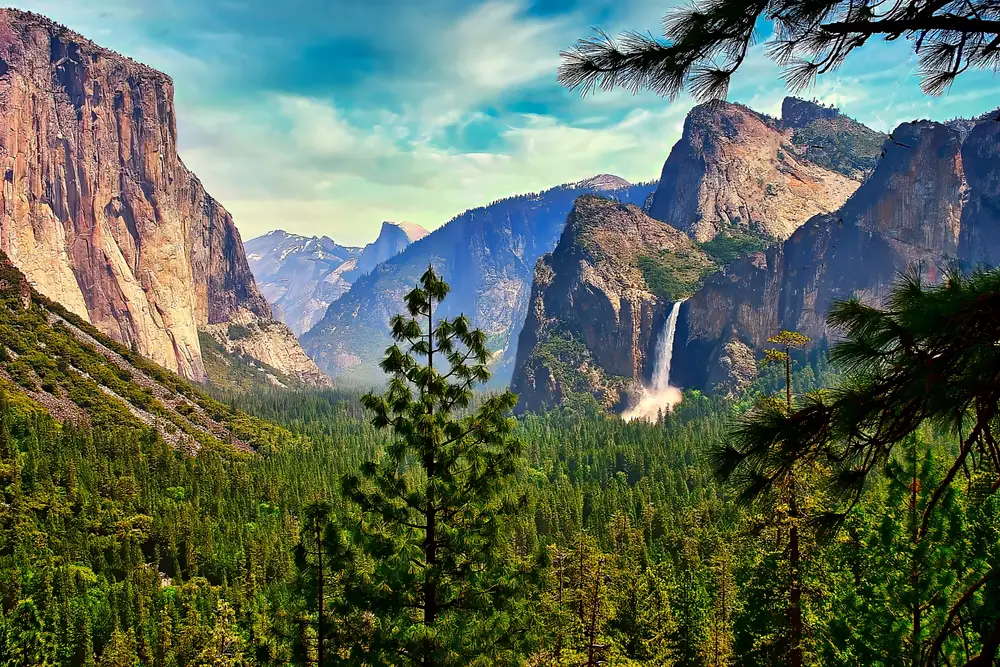
Yosemite National Park attracts millions of visitors each year with its stunning vistas and abundant wildlife, including black bears and coyotes. Bears in Yosemite are notorious for raiding campsites and cars in search of food. To minimize the risk of an encounter, always store food in bear-proof lockers and never leave food unattended. A visit from a curious bear might be memorable, but it can also be dangerous and stressful. Your best bet is to follow all food storage guidelines and remain bear-aware.
Coyotes, while often seen as a symbol of the wild west, are also residents of Yosemite. They typically steer clear of humans but can become bold if they associate people with easy meals. Feeding coyotes is strictly prohibited and can lead to aggressive behavior. Encountering a coyote should remind you of the delicate balance between humans and wildlife. Keeping a respectful distance and not encouraging interactions ensures that both you and the animals can coexist without conflict.
12. Zion National Park, Utah
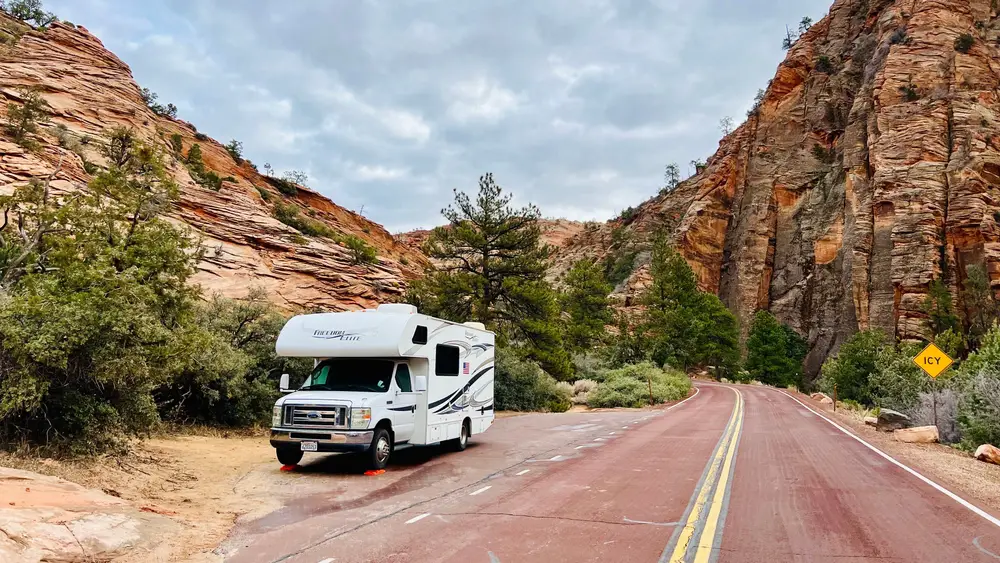
Zion National Park is a stunning landscape of red rock formations and deep canyons, home to various wildlife, including bighorn sheep and rattlesnakes. While bighorn sheep are a majestic sight, it’s important to admire them from a safe distance and never try to approach or feed them. They are wild animals and can become defensive if they feel threatened. Trails often intersect with their paths, so be alert and give them the right of way. Observing them in their natural habitat is a privilege that requires thoughtful consideration.
Rattlesnakes are another species you might encounter while exploring Zion’s trails. These reptiles are generally not aggressive unless provoked, but it’s wise to be cautious and stick to well-marked paths. Keeping a safe distance and being mindful of where you step is essential to avoid any unwanted surprises. If you hear a rattle, it’s a warning to back away slowly and give the snake space. Appreciating Zion’s wildlife means respecting their territory and staying vigilant during your adventures.
13. Joshua Tree National Park, California
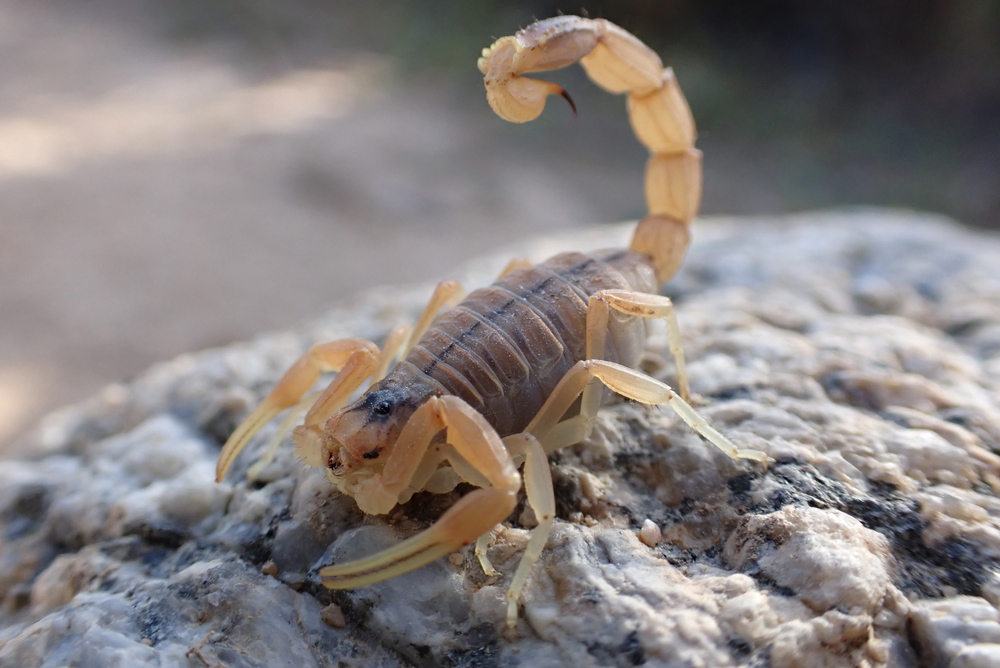
Joshua Tree National Park is renowned for its otherworldly landscapes and unique desert wildlife, such as the iconic Joshua trees and various reptiles. However, it’s also home to more elusive creatures like the bobcat, which, while rare to see, could make a sudden appearance. Bobcats are generally elusive and avoid human interaction, but it’s best to observe from a distance if you do spot one. They are part of the natural ecosystem, and respecting their space is crucial for your safety and theirs. Observing the park’s wildlife is a highlight, but it should always be done responsibly.
In addition to bobcats, the park is inhabited by snakes and scorpions, which are integral to the desert environment. While these creatures play a vital role in the ecosystem, encountering them can be startling. Always check your surroundings, especially when sitting on rocks or placing your hands in crevices. Wearing sturdy shoes and using a flashlight at night can help prevent accidental encounters. Respecting the natural environment and being aware of your surroundings ensures a safe and enjoyable visit to this unique national park.
